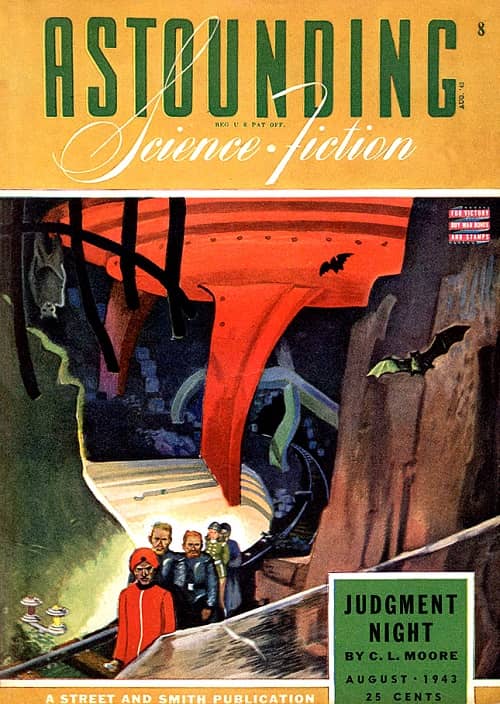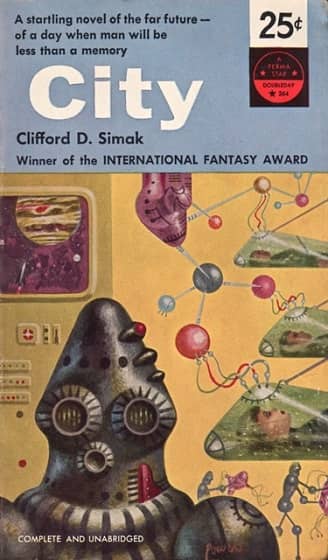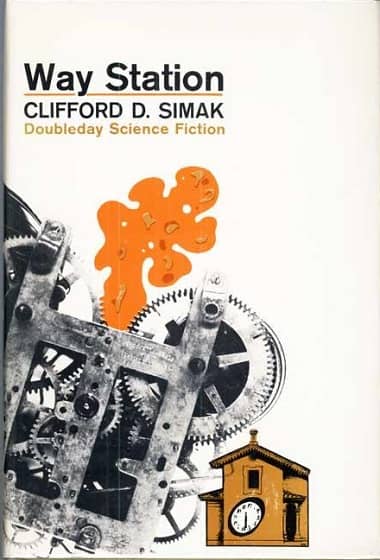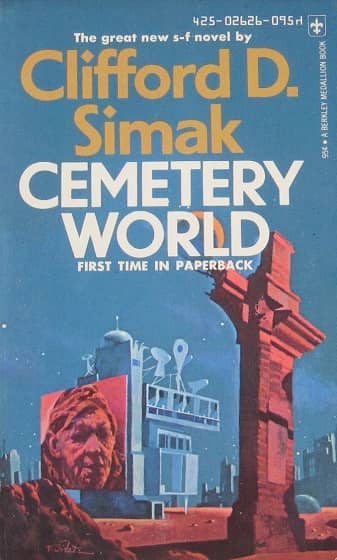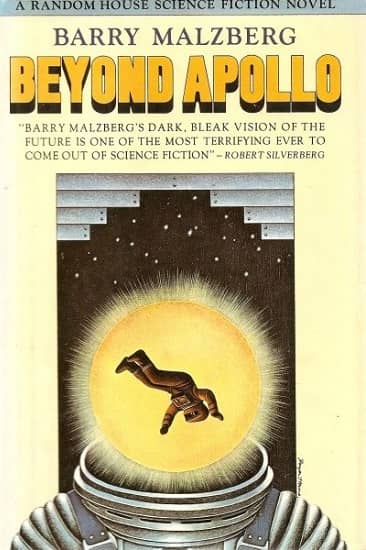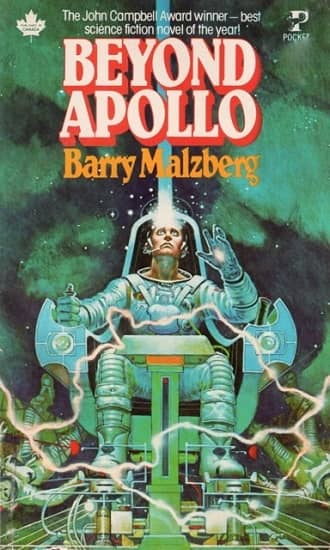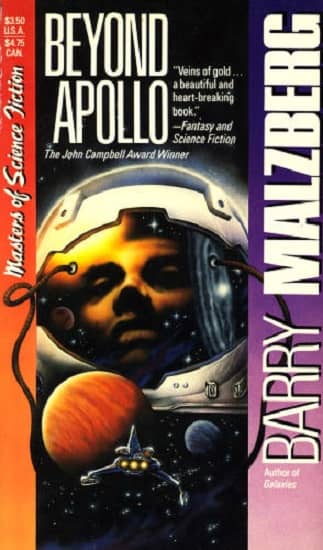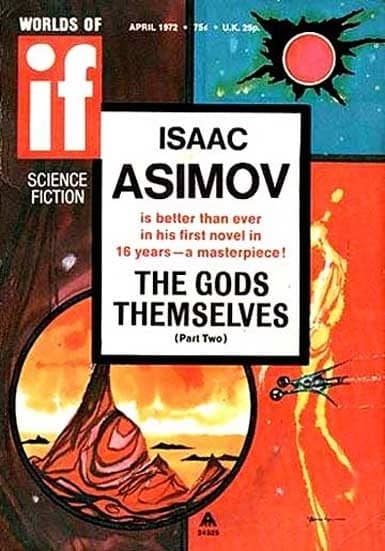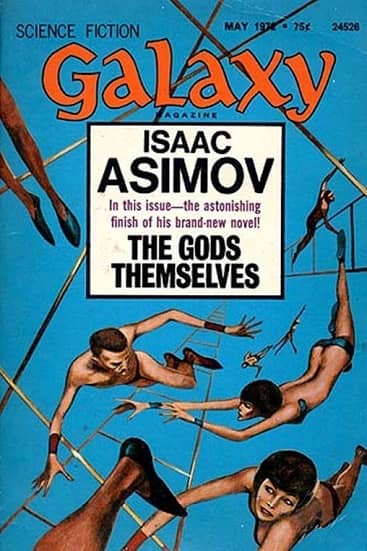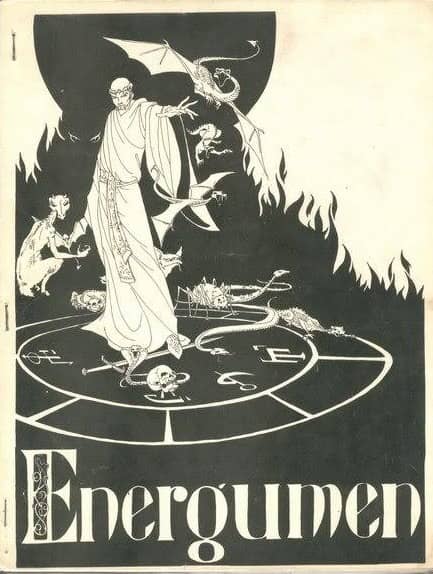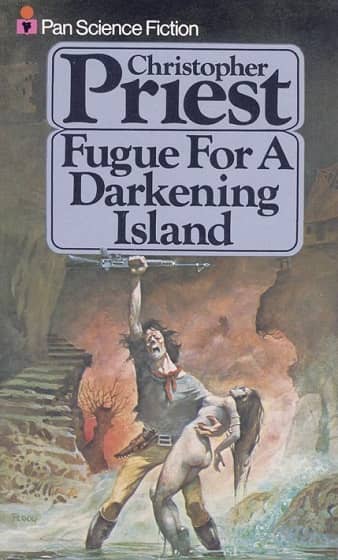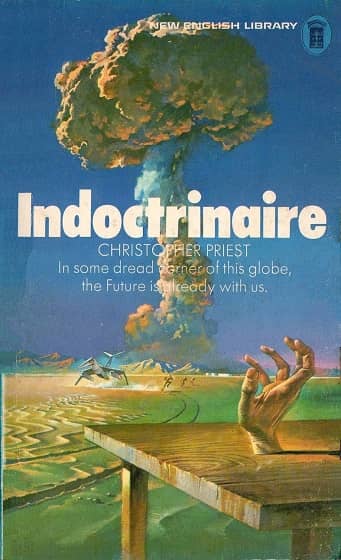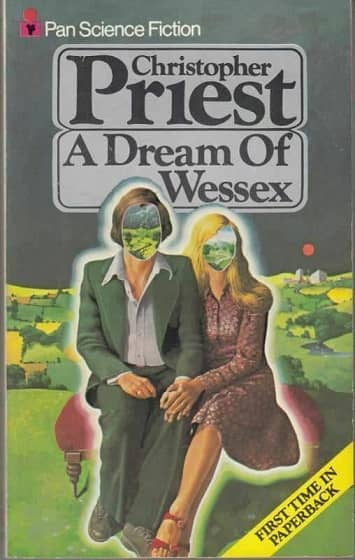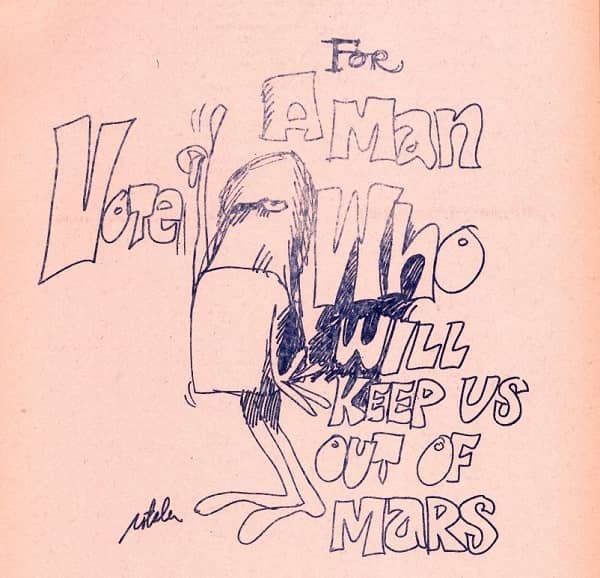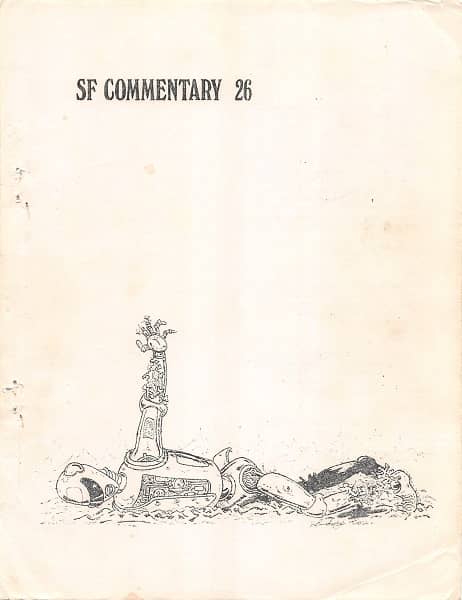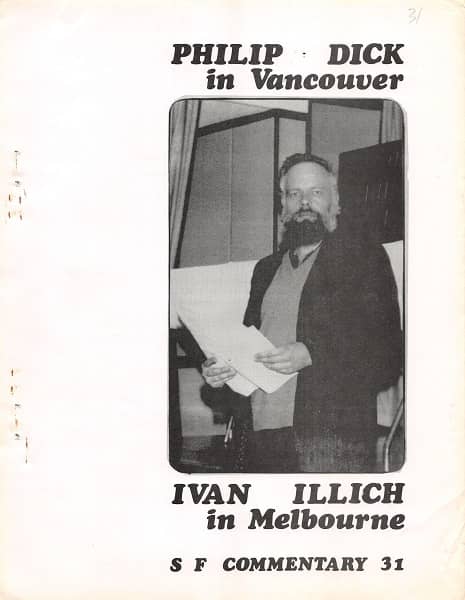The Golden Age of Science Fiction: The 1973 Hugo Award for Best Novella: “The Word for World is Forest,” by Ursula K. Le Guin
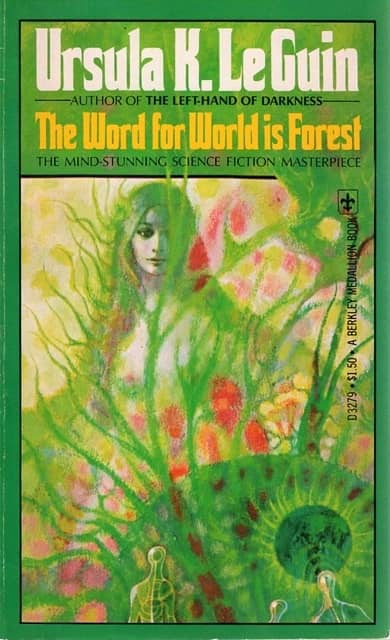 |
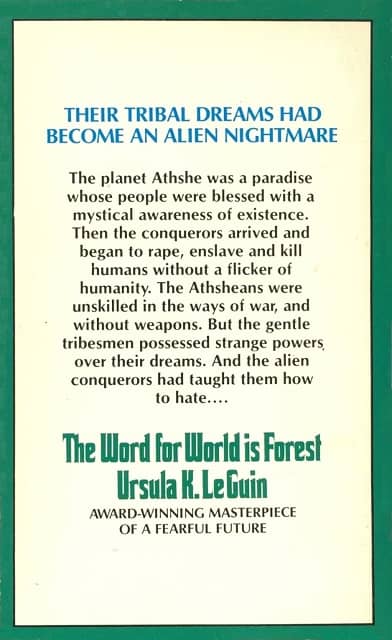 |
The Word for World Is Forest (Berkley Medallion, 1976). Cover by Richard Powers
The great Ursula K. Le Guin won the Hugo Award for Best Novella in 1973, for “The Word for World is Forest,” which first appeared in Harlan Ellison’s anthology Again, Dangerous Visions. The story had been written several years earlier, and there exists a letter from Le Guin expressing her frustration with the time it took Ellison to get the story into print.
“The Word for World is Forest” has been a somewhat polarizing tale in Le Guin’s oeuvre for a long time. The conventional view seems to me, at this remove, that Le Guin missed the mark with this story: its tone is too shrill, the story is too preachy. It’s “Bad Ursula,” in a common formulation. And that’s been my position for a long time.
Let’s begin with the obvious: I’ve already discussed the 1972 novellas, in my post about Arthur C. Clarke’s Nebula winner, “A Meeting With Medusa.” Here’s what I wrote:
So, did it deserve its Nebula? Well, in many years it would have. But not this year. Because this year there were two magnificent Frederik Pohl novellas: “The Gold at the Starbow’s End” and “The Merchants of Venus,” perhaps his two best stories ever. Add Joe Haldeman’s “Hero,” the first of the stories that became The Forever War. And even then, we haven’t come to the clear-cut best novella of 1972, one of the very greatest SF novellas of all time: “The Fifth Head of Cerberus,” by the late, incomparable, Gene Wolfe.
Does “The Word for World is Forest” stand with “The Fifth Head of Cerberus”? Ummm – no, not even close. I think it’s fair to say that the 1973 awards, both Nebula and Hugo, missed the boat completely. But, eh, that’s happened before. Perhaps not so often so clearly, but there are relatively few SF stories as great as “The Fifth Head of Cerberus.”
The fairer question is, does “The Word for World is Forest” stand up on its own terms?
